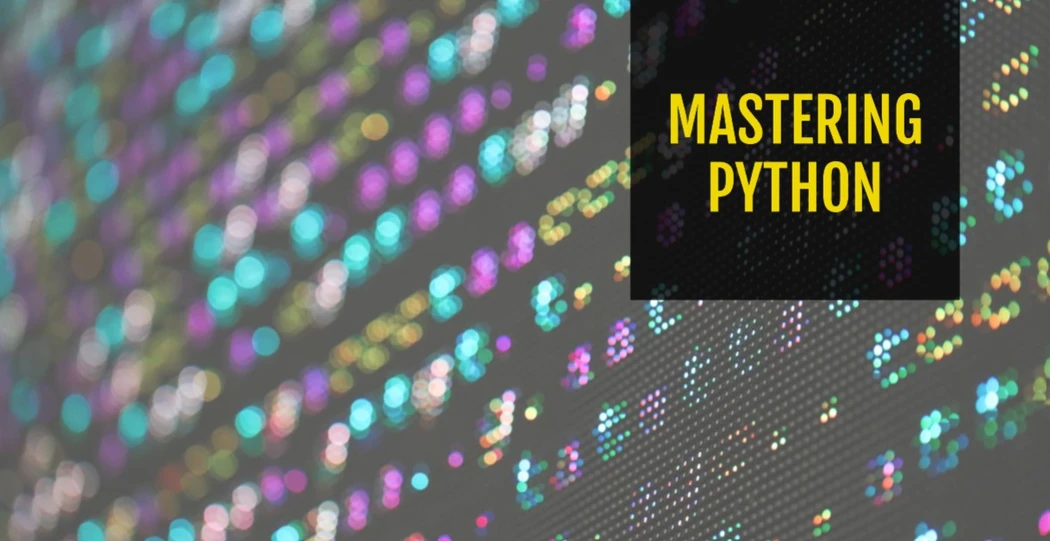Python stands as one of the most popular programming languages worldwide, and Python 3 reflects the latest iteration of this versatile digital Swiss Army knife. For those looking to enter the world of coding or to expand their development repertoire, one important question resonates with particular urgency: Is it difficult to learn Python 3? The following discourse aims to illuminate this query with a decisive, informational blueprint that will demystify Python 3 development and encourage learners to leverage it for their human–and professional–potential.
Unpacking the Python 3 Development Experience
Learning a new programming language is akin to learning a new language. It demands dedication, patience, and an eye for detail. Python 3, in particular, has earned a reputation for simplicity, readability, and an extensive array of libraries and frameworks that make it an ideal choice for developers of all stripes. Check out this- Online Python 3 Developer Course.
Breaking Down the Barriers
Python 3’s readability is largely due to its clean syntax and an emphasis on expressiveness. Compared to languages such as C++ or Java, in which complexity can be an early hurdle, Python’s more natural feel can prove inviting to beginners. Simply put, Python is closer to human language, and this bridging of the gap between code and natural communication is a significant advantage.
The Power of Community and Resources
Python 3’s most endearing feature to new learners is its remarkably robust community. Online forums, tutorials, and open-source collaboration projects such as GitHub provide a vast pool of support where the Python 3 novice can dip in and out for guidance, advice, or even lines of code. The extent to which Python has woven itself into the fabric of the internet ensures a wealth of resources that make learning Python 3 more accessible than the insular world of a fortressed language.
The Journey of a Python 3 Developer
Beginning the Odyssey
For an aspiring Python 3 developer, the first step is to familiarize themselves with the fundamentals. This includes understanding data types, variables, operators, basic input and output operations, and control structures. At an early stage, tools such as the IDLE development environment can provide a supportive space for experimentation and learning by doing, which is often the most effective approach with Python 3.
Navigating the Pythonic Path
To truly grasp Python’s essence, one must learn to think ‘Pythonic.’ This involves developing an intuition for Python’s idioms and best practices that optimize both code efficiency and readability. Furthermore, mastering the various built-in data structures and their corresponding methods is essential, as they form the backbone of efficient Python 3 development.
Diving Into the Deep End
Once the basics are under your belt, the next phase involves exploring Python 3’s vast library ecosystem. Modules like `datetime,` `us,` `sys,` and many more provide powerful functionalities that would take significantly longer to implement in less rich languages. This is also an excellent juncture to start practicing with third-party libraries and APIs, which can introduce you to concepts such as web scraping, data analysis, or even web development through frameworks like Django or Flask.
Finessing Your Skillset
The learning curve for Python 3 is not a linear one. Even as one becomes more comfortable and familiar with the language, there is always more to learn. To truly excel, the Python 3 artisan will need to hone their skills in debugging and object-oriented programming and even dip into more advanced applications like machine learning or artificial intelligence. The beauty of Python 3 is that its applications are as diverse as they are extensive.
The Supportive Ecosystem of Python 3
Leveraging Frameworks and Libraries
One advantage of Python 3’s popularity is the cornucopia of frameworks and libraries available. For web development, Django and Flask simplify the process, while data scientists can revel in the power of NumPy and Pandas. Robotics engineers might rely on libraries like OpenCV, and game developers find solace in Pygame. Finding your niche within Python’s ecosystem is only a matter of curiosity and exploration.
Enter the World of AI and ML
With its simplicity and power, Python 3 has become the language of choice for many in the burgeoning fields of machine learning and artificial intelligence. Libraries like TensorFlow, Keras, and PyTorch have propelled Python 3 to the forefront of these revolutions. The rush to democratize these historically esoteric fields ensures that Python 3 not only opens the door but invites you inside the cutting-edge applications of today.
The Entrepreneurial Edge
For the more business-inclined, Python 3 can be the tool with which to prototype an idea quickly and, with relatively low overhead, develop a product or service. The ability to integrate web frameworks with machine learning, big data analysis, or AI is a compelling proposition for the entrepreneur or startup. Python 3 development allows for agility, adaptability, and scalability, making it perfect for the digital landscape where those same properties are prized.
Is Python 3 a Difficult Language to Learn?
At its core, Python 3 is an accessible language to learn. Its emphasis on clear syntax, robust standard libraries, and a warm community makes it a language open to anyone with a bit of patience and a willingness to learn. While the full spectrum of Python 3’s capabilities may present a steep learning curve for the most ambitious of projects, the initial stages are more of a pleasant climb, sprinkled with “aha!” moments and an appreciation for a language that prioritizes the human aspect of coding.
Conclusion
In conclusion, Python 3 development holds a wealth of promise for those willing to embrace its challenges. With a supportive community and a vast network of tools and applications at your disposal, the difficulty in learning Python 3 is a mere obstacle in an otherwise exhilarating race toward personal and professional growth. Take the first step and discover the myriad worlds that Python 3 can open to you—a world that is, after all, as difficult as it is vast and generous.




